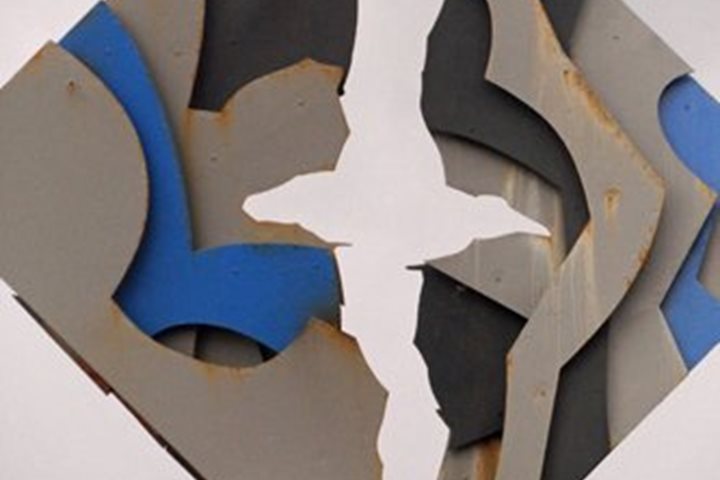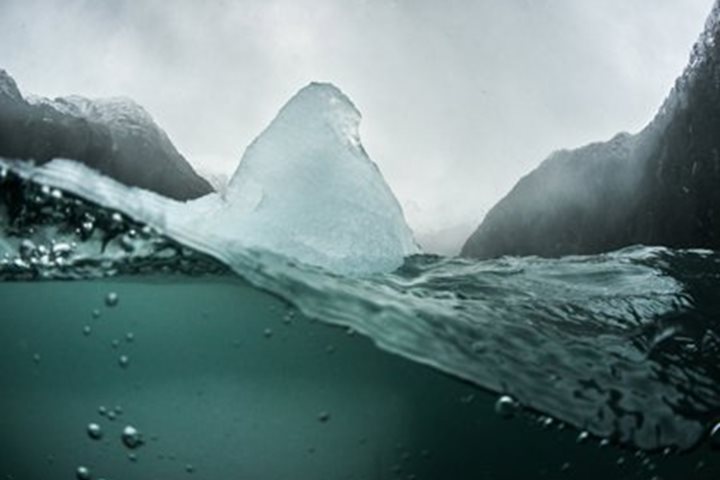Having transitioned from Patagonia, in the technical sense, to the Chilean fjords, our senses, along with our environment, have been altered in a nearly immeasurable manner. Wherever fjord lands occur, a certain paradigm or general impression of the landscape and surroundings can be assumed. But like most assumptions there's a problem with over-simplification or lack of understanding that can lead one astray. Today our experiences here in Seno Almirantazgo (Admiralty Fjord) can truly be described as magnificent. In fact, the words and images presented here will scarcely do it justice.
Our initial intent today was to begin exploration of the Karukinka Reserve, a recently set-aside wild landscape of Tierra del Fuego, Chile. As the morning developed we soon realized that the wind conditions would not be favorable to land or take Zodiacs out exploring. Nevertheless, the views of this fjord land/seascape were stunning to say the least. Black-browed albatross pierced the wind effortlessly, giant petrels, white-chinned petrels, and southern fulmars acted as supporting characters in this blustery ballet on a stage of broiling seas, with snow and ice-capped jagged peaks as the backdrop.
As any good expedition would have it, a plan B was in the works. Earlier in the morning we had navigated past the entrance to a massive side fjord called Parry Fjord which, due to its fetch, would likely have more favorable winds. So after having turned from the back of Admiralty Fjord before lunch we set course for a new, and by new I mean a never-before-explored fjord in all of Lindblad Expeditions’ history here in Chile. Just as lunch was concluding we had arrived at our likely anchorage for the afternoon. Winds and seas were more than favorable. All we needed was a place to land ashore for a hike and exploration.
Naturalist Santiago Imberti and I set out in a Zodiac to check for possible landings. With mostly sunny skies, a semi-stiff breeze, and towering Chilean peaks all around, we made way for the shore. After having scouted a few possible sights to land at we chose a beach with a small creek flowing out on to the cobbles. Though there was a limited amount of space to stroll on there were plenty of aspects of this ecosystem to explore. The stream itself, lightly tannin stained, meandered through the valley and the short stretch we could see from the beach was occasionally broken by trout rising to sip nymphs from just below the surface. Along the coastline and in places covering the lower reaches of the mountains were thick forests of Nothofagus, or southern beech. Some of the group boldly forded the stream and strolled the Sphagnum-covered plateau above the stream while the rest stepped into the rich forest sheltered from the light breeze with flowering shrubs like Calafate and other Berbris species adding a touch of color under the shaded canopy.
Another contingent of folks chose to examine the shoreline from Zodiacs, getting to see many species of seabirds roosting on nearby cliffs and ledges and soaring about the fjord. This author, after sharing the experience ashore, loaded up a Zodiac with some of our shore party to get a chance to see the action on the water ourselves. As we slowly cruised the shoreline, we looked in wonder at the scenery and the rugged glacial-carved mountains. A true highlight was spotting a raft of black-browed albatross out in the middle of the fjord. As we slowly approached them, having cut the engine to let the wind drift us by, the birds slowly began to take flight, revealing to us their magnificence as they stretched their eight-foot wingspans to catch the breeze. Soon there were a dozen or so of them soaring around us, approaching the boat only to swoop away effortlessly. After that incredible encounter with the albatross we had to set course for the ship and conclude our experience in this wild and beautiful fjord.






